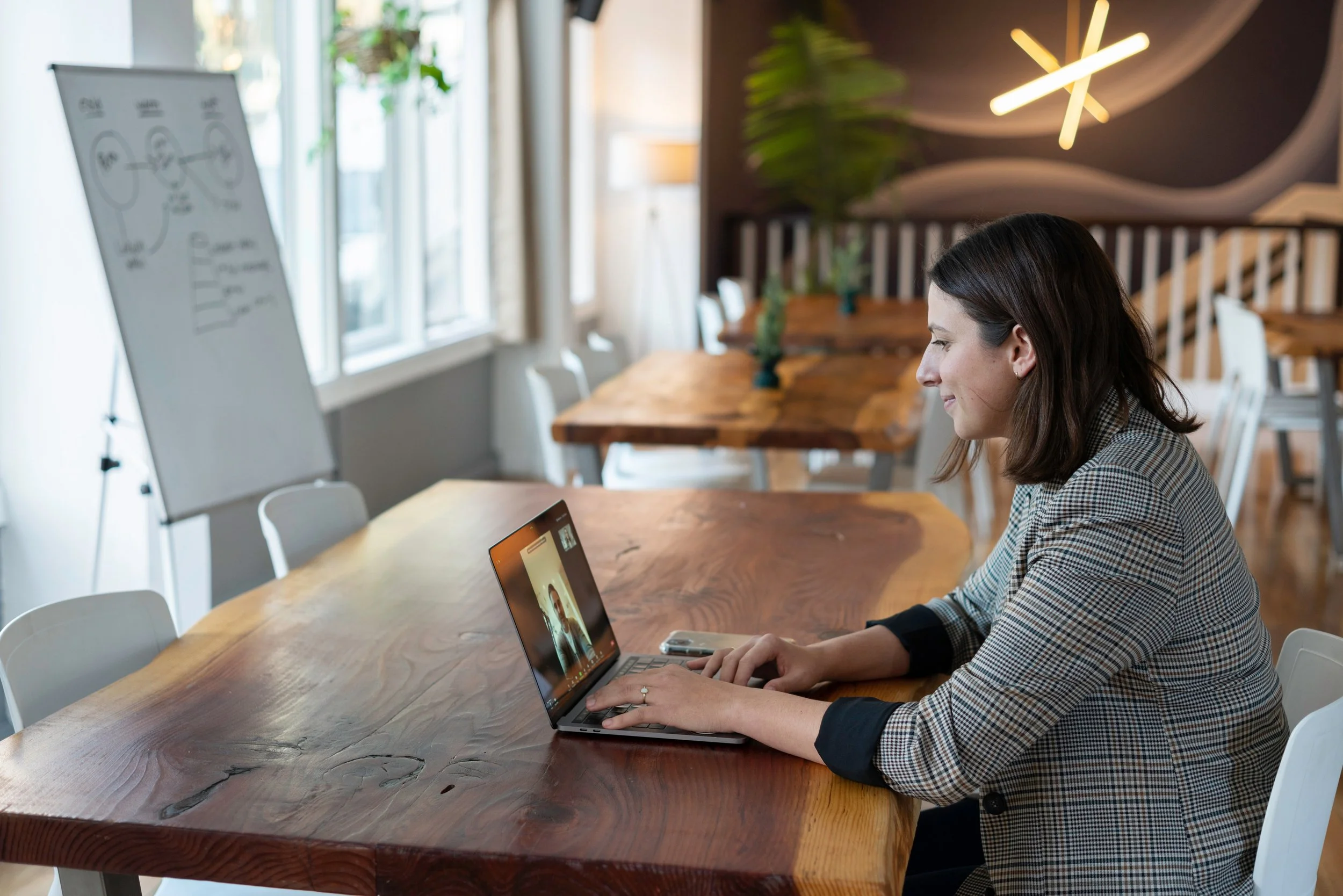
Improving Accessibility to Fashion for People Who Are Blind
The focus of this project was to understand user needs and translate those needs into requirements to inform the design of a new assistive technology (AT) or application.
How can assistive technology help people who are blind express themselves through their personal style?
Problem
Choosing clothing to buy or wear is a challenging process for people who are blind or visually impaired. In this project, we sought to understand the user needs for a technology-based product or service aimed at improving the accessibility of fashion for people who are blind.
Details
Role: UX Researcher
Methods: Affinity mapping, User interviews
Tools: Atlas.ti, Miro
Methods
User Interviews
We conducted interviews with four participants who are blind or visually impaired to learn more about their needs regarding an assistive technology that would enable them to more easily express their personal style through clothing.
Our goal was to explore and understand how people who are visually impaired or blind identify clothing characteristics, including the texture, pattern, color, style, fit, and coordination of garments.
We also wanted to answer the following research questions:
How can a technology-based product help people who are blind choose outfits that express their personal style?
What user needs would such a technology-based product need to address?
What factors are important when purchasing clothes?
What factors are important when choosing an outfit?
How do people who are blind currently express their personal style through clothing?
Affinity Mapping
We analyzed the data gathered during our user interviews by:
Individually inductively coding each interview using Atlas.ti
As a team, grouped codes into common themes
As a team, created affinity diagram using Miro
As a team, created new codes based on themes
Individually re-coded interviews using new codes
As a team, created affinity diagram using interview quotes
Results
Closed Card Sort
Findings
Participants considered a variety of practical, personal, and social factors when choosing clothing.
Participants used labels, digital tools, and wardrobe organization systems to overcome challenges in identifying and coordinating clothing.
Participants faced different obstacles shopping in-person versus online.
Participants relied on sighted helpers for assistance in many aspects of the fashion process.
Design Requirements
An assistive technology designed to help people who are blind or visually impaired express themselves more easily through their clothing should:
Recommend outfit pairings
Include robust text descriptions of clothing
Ensure compatibility with existing Assistive technology
Include ways to connect and build trust with sighted helpers
Limitations
Our study was limited by a small and demographically similar sample of four women ages 69-72. As such, our findings may not generalize to a larger population.
Additionally, our research was limited to interviews conducted over Zoom only. We did not conduct any in-person or virtual observations.
Next Steps
Interview a more demographically diverse set of participants
Conduct observations of online and in-store shopping




